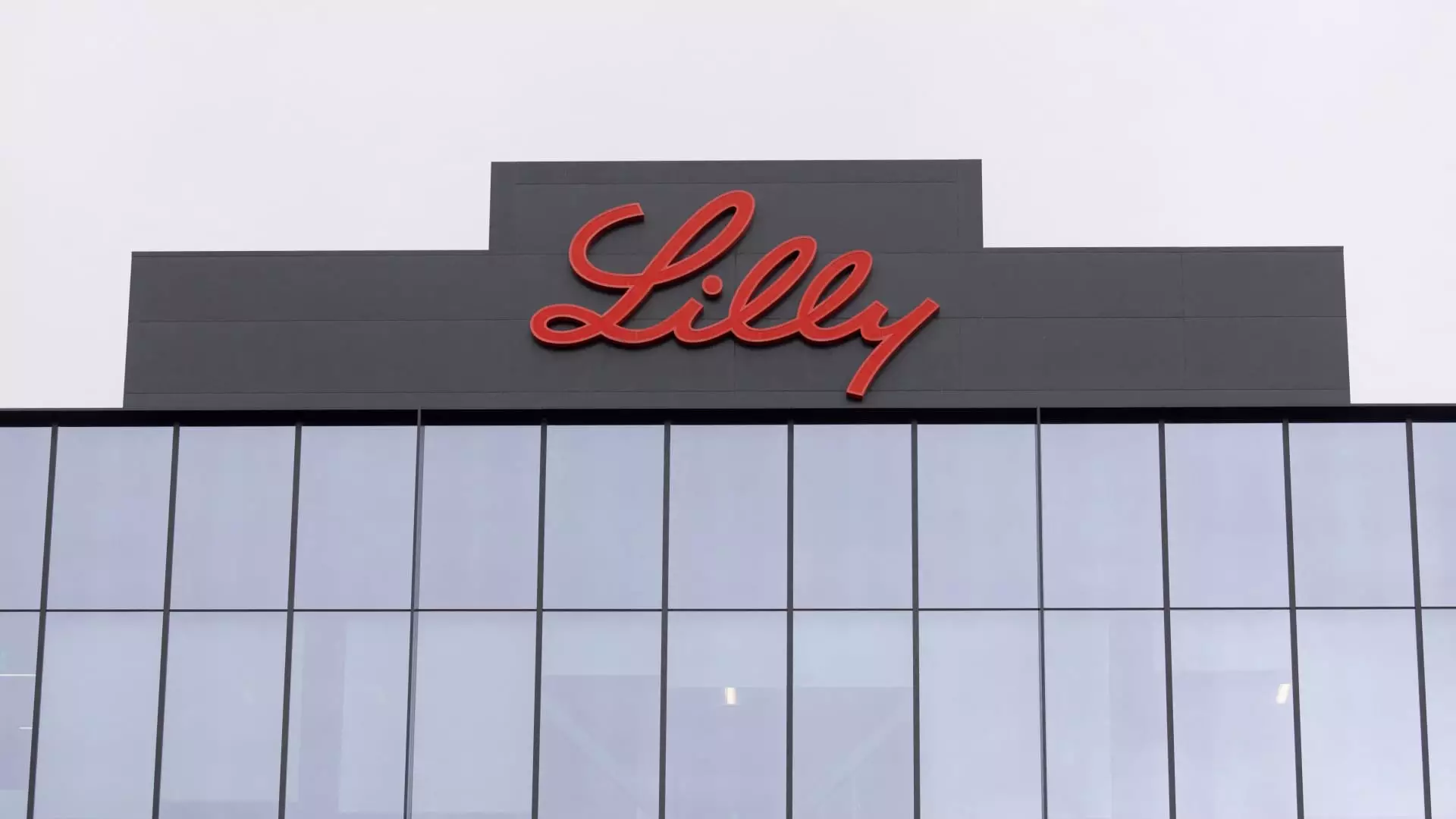Eli Lilly, a prominent name in the pharmaceutical sector, encountered significant challenges during the third quarter of the fiscal year. The company’s recent performance has raised eyebrows, leading to a considerable drop in its stock value by approximately 10% following a disappointing earnings report. This article seeks to delve into the underlying factors contributing to Eli Lilly’s subpar financial results and the implications for its future prospects.
For the quarter ending September 30, Eli Lilly reported adjusted earnings per share (EPS) of $1.18, falling short of analysts’ expectations, which anticipated an EPS of $1.47. Furthermore, the reported revenue was $11.44 billion—again below the predicted figure of $12.11 billion. Consequently, the company has downgraded its full-year adjusted profit guidance, now forecasting earnings in the range of $13.02 to $13.52 per share, a significant reduction from prior estimates that predicted earnings between $16.10 and $16.60 per share.
The pharmaceutical giant specifically attributed its revenue decline to reduced sales of its high-profile products, Zepbound and Mounjaro—drugs celebrated for their weight loss and diabetes management capabilities, respectively. These products saw sales that were not only lower than anticipated but also limp when juxtaposed with soaring demand. Attributing these dips to decreases in wholesale inventory, Eli Lilly sheds light on a somewhat complicated landscape wherein consumer demand has surged ahead of supply capabilities.
Adding to the financial woes, Eli Lilly recorded a staggering $2.8 billion in acquisition-related charges during the quarter. While strategic expansions are often viewed favorably in terms of future growth potential, the immediate financial impacts can be burdensome—particularly in a quarter where growth expectations were not met. Such charges have forced the company to reassess its financial outlook for the year, now anticipating total sales between $45.4 billion and $46 billion, a downgrade from its previous guidance of $46.6 billion.
Interestingly, despite the reported revenue shortfalls, the overall demand for Eli Lilly’s incretin drugs has significantly outpaced supply over the last year. Both Zepbound and Mounjaro, which function by mimicking gut hormones to control appetite and regulate blood sugar levels, have become extremely popular. Competing with Novo Nordisk, another heavyweight in the same market, Eli Lilly has been compelled to invest billions into scaling its production capacity. Fortunately, the company reports that supply issues have begun to stabilize; as of the latest data from the FDA, all doses of Zepbound and Mounjaro were available in the U.S.
Eli Lilly’s recent quarterly performance reflects a complex interplay of unexpected sales downturns, significant acquisition costs, and the broader dynamics of pharmaceutical supply chains. While immediate financial results may lack the desired vigor, strategic decisions and corrective measures may pave the way for renewed growth in the coming quarters. The company’s future will depend on its ability to adapt to market demands while enhancing operational efficiencies to maintain its competitive edge in a rapidly evolving industry. The struggle for Eli Lilly highlights the fine line between growth aspirations and operational realities in the pharmaceutical sector.


Leave a Reply